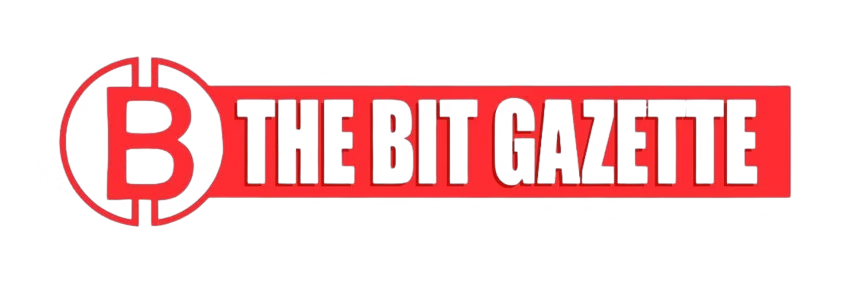MetaMask has unveiled its first native stablecoin, mUSD, positioning the wallet as more than just a gateway to Ethereum-based assets. The Metamask stablecoin, issued by Stripe subsidiary Bridge, will launch later this year on Ethereum and Consensys’ Linea network, offering crypto investors a new dollar-backed option directly integrated into the widely used self-custodial wallet.
For the 30 million-plus monthly active users of MetaMask, the launch represents a shift: the wallet is no longer just a portal for managing tokens, but also a liquidity provider aiming to compete in the $160 billion global stablecoin market.
“This is about creating a liquidity layer that lives where users already are,” — Ajay Mittal, Vice President of Product Strategy, MetaMask, said in an interview.
A Stripe-backed foundation under U.S. law
Unlike many decentralized finance (DeFi) stablecoins, the Metamask stablecoin is not issued directly by MetaMask or Consensys. Instead, Bridge—a payments infrastructure firm owned by Stripe—will be responsible for issuing mUSD.
The coin will be fully backed one-to-one with dollar-equivalent assets in compliance with the recently enacted GENIUS Act, a federal law signed last month. The legislation sets strict guidelines for stablecoin issuance, prohibiting issuers from offering direct yield but leaving room for ecosystem-level incentives.
“Stablecoins now operate in a clearer regulatory environment, and that opens the door for trusted players like MetaMask to build,” — Jacob Ellis, fintech analyst at TokenMetrics, told Decrypt.
By choosing Bridge as issuer, MetaMask gains credibility with regulators while avoiding the compliance burden that comes with directly issuing a stablecoin.
Expanding use cases with debit card integration
One of the most striking aspects of the Metamask stablecoin rollout is its planned role in payments. By year’s end, MetaMask intends to enable mUSD as a direct payment option for the physical MetaMask debit card, powered by Mastercard.
This integration could push the Metamask stablecoin beyond trading desks and into everyday commerce, a move that sets it apart from rivals such as USDT or USDC, which are rarely linked to consumer payment rails.
Mittal explained that the debit card functionality is central to MetaMask’s strategy:
“The Metamask stablecoin isn’t just a digital asset—it’s a bridge between DeFi and real-world payments. We want users to transact seamlessly, whether they’re buying an NFT or paying for coffee.”
Competing in a crowded stablecoin market
The Metamask stablecoin enters a sector already dominated by Tether’s USDT and Circle’s USDC, both commanding billions in circulation and deep liquidity pools. PayPal’s PYUSD and Coinbase’s BASE-backed offerings have also gained traction under the new regulatory framework.
However, MetaMask’s leadership believes its built-in user base offers a unique advantage. With millions of crypto investors already relying on the wallet for DeFi access, the Metamask stablecoin could enjoy rapid adoption without the costly exchange listings or marketing campaigns needed by competitors.
Analysts caution, however, that scale alone won’t guarantee success. “Liquidity depth and trust are what drive stablecoin adoption. MetaMask has brand recognition, but execution will determine whether mUSD gains meaningful market share,” — Ellis added.
Implications for DeFi and beyond
The Metamask stablecoin also reflects a broader shift in how wallets evolve within the crypto economy. Once simple key-storage tools, wallets like MetaMask are transforming into multi-layered financial platforms—supporting swaps, staking, payments, and now, native stablecoins.
Mittal suggested that mUSD’s design allows smoother composability within DeFi protocols. This means that developers building on Ethereum or Linea can easily integrate the Metamask stablecoin into lending markets, liquidity pools, and yield strategies.
Yet, there are limitations. Under the GENIUS Act, MetaMask cannot directly offer yield to users holding mUSD. While this places it behind Coinbase or PayPal in terms of consumer incentives, MetaMask hinted at future incentive structures at the ecosystem level.
“Currently, the Metamask stablecoin will not generate yield for holders,” Mittal confirmed. “But we see potential for mUSD to become part of broader incentive programs within MetaMask’s DeFi environment.”
Outlook: A wallet-first stablecoin experiment
For crypto investors, the launch of the Metamask stablecoin marks an experiment in whether a wallet-first approach to stablecoins can gain traction. Unlike stablecoins pushed through exchanges or payment processors, mUSD is embedded directly within a tool millions already use daily.
If successful, the Metamask stablecoin could reshape how investors manage liquidity across Ethereum and beyond, blurring the line between self-custody, payments, and decentralized finance.
As regulatory clarity improves and competition intensifies, MetaMask’s strategy reflects a broader industry trend: wallets are no longer passive tools but active players in financial infrastructure. Whether mUSD secures its place alongside market leaders will depend on adoption speed, payment integration, and trust in its issuer.











